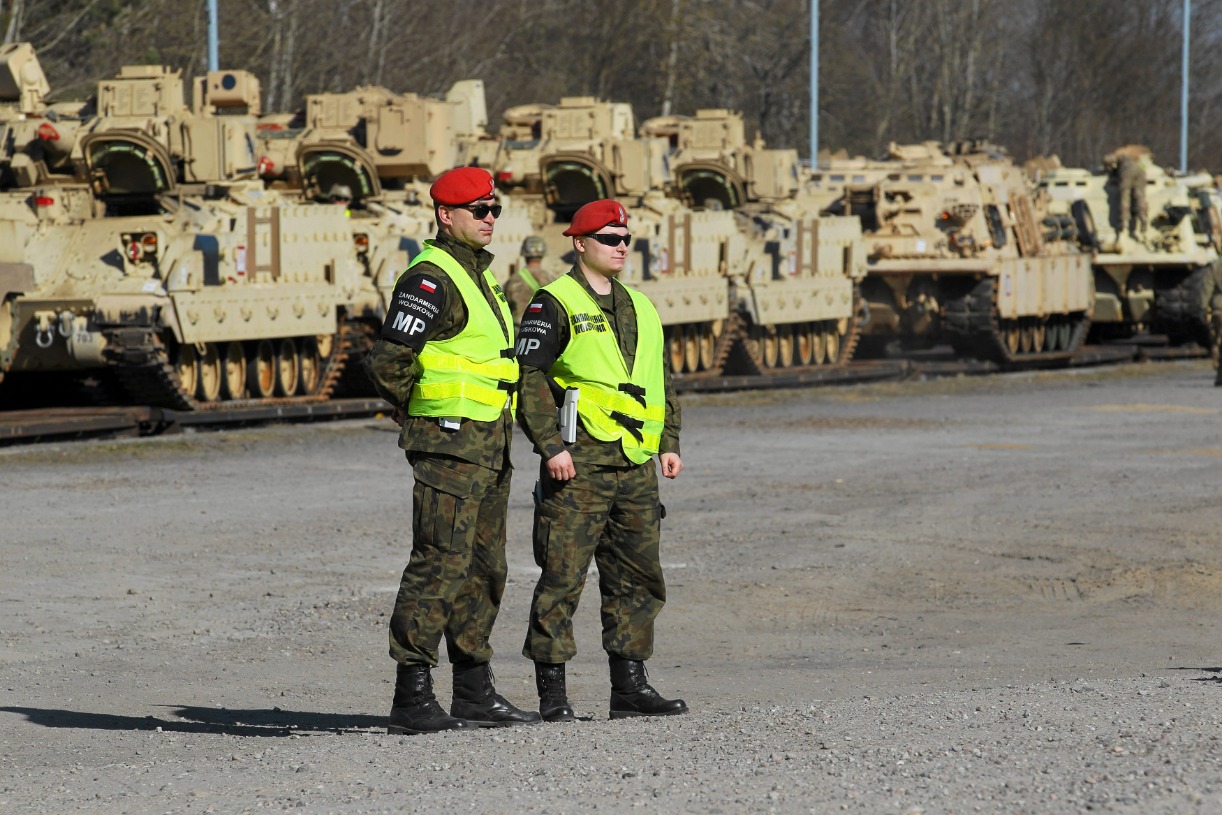Ukraine Has a Strange Way to Make the M1 Abrams Tank Even Better
The M1 Abrams, long hailed as one of the world’s top main battle tanks, is facing tough challenges on Ukraine's battlefields. Reports indicate that up to 20 of the tanks delivered to Ukraine have been destroyed, disabled, or captured, raising concerns over the platform's effectiveness.
3 Key Points: The M1 Abrams, long hailed as one of the world’s top main battle tanks, is facing tough challenges on Ukraine's battlefields. Reports indicate that up to 20 of the tanks delivered to Ukraine have been destroyed, disabled, or captured, raising concerns over the platform's effectiveness.
-To counter drone threats and improve survival rates, Ukraine has retrofitted the tanks with steel cages, a method similar to Russia’s "cope cages."
-These simple yet effective defenses increase crew survivability by up to 35%. Despite setbacks, Ukraine continues to adapt, as it needs every tank it can keep in the fight.
Ukraine Reinvents M1 Abrams Defense with Steel Cages: Can It Save the Battle Tanks?
The United States military's M1 Abrams has been described as one of the most capable main battle tanks (MBTs) in service in the world today. At least it was until the first ones were destroyed in Ukraine, putting in question whether the decade's old platform was really up to all the hyperbole. The issue has gotten worse as there are now reports that as many as 20, and perhaps even more, of the 31 delivered are believed to have been destroyed, disabled, or captured.
The confidence in the M1s was so low that in April, Kyiv was reported to have withdrawn some of the tanks. Simply put, the expectations were managed according – the M1 was touted as a miracle weapon, and it wasn't provided in significant enough numbers. Moreover, the Ukrainian military didn't have the time to be truly trained on the system – and experts have noted it is radically different from the Soviet-designed tanks that Kyiv's forces were far more experienced with.
Yet, the truth is that the same fate that has befallen the M1 Abrams is also true of the German-made Leopard 2 and British-made Challenger 2. It could also be argued that Ukraine is struggling with so many different MBTs in service, each with its own unique idiosyncrasies, placement of controls, etc.
Russia's best tanks – including its highly touted T-90M Proryv – haven't fared much better. Tank design may have plateaued to some extent, even as additional capabilities have been introduced. In other words, tanks are seeing small enhancements and improvements, but man-portable anti-tank weapons have seen far more significant advancements. At the same time, few could have expected that unmanned aerial systems (UAS) would be so effective at countering MBTs on the battlefield.
Kyiv Improving the M1 Abrams in a Unique Way
The Ukrainian military can ill afford to simply withdraw its M1 Abrams, as it needs every tank it can get. It has recovered and repaired those that have been damaged, and it has been seeking to provide extra protection to its Abrams tank fleet.
It has apparently taken a cue from the Russian playbook to counter the enemy's drones and other UAS, including loitering munitions.
"Ukraine has now improved the Abrams, better protecting it through a relatively simple method: steel cages wrapped around the frame," The Hill reported on Saturday.
"Ukrainian officials behind the effort tell The Hill that the retrofit has worked extraordinarily well at protecting not just the Abrams but also other U.S. armored fighting vehicles like Bradleys," the report added. "For the $10 million apiece Abrams, the relatively crude fix has helped keep the tanks on the battlefield."
Much like the Cope Cages on the Russian armor, the screens can take a single strike before needing to be replaced. More importantly, the screens can take enough damage to increase the survivability of the crew by as much as 35%.

"The drones usually [try to] stop the machine, to stop the armored vehicle, so they try to hit the engine [or] the turret of the tank to block it," explained Olexander Myronenko, CEO of Metinvest, one of the companies behind the "Steel Front" initiative to build the cages.
The program was started by Ukrainian billionaire Rinat Akhmetov, and it has been fairly effective. Unlike the Russian Cope Cages, which are largely ad hoc improvements made in the field, the screens are designed to be attached and replaced at depots.
These have proven at least as effective as the Russian designs and likely more so because engineers determined the placement over the tanks – instead of soldiers just welding steel bars where it seemed best. The results have shown as much.
"When the tank is blocked or stopped on the battlefield it's just like a sitting duck for the artillery or another type of drone," added Myronenko. "That's why this protection is necessary, to not allow the drone to do such damage."
While still not the most ideal solution, it could help be enough to keep the Abrams in the fight – as Kyiv truly needs every tank it can get.
Author Experience and Expertise: Peter Suciu
Peter Suciu is a Michigan-based writer. He has contributed to more than four dozen magazines, newspapers, and websites with over 3,200 published pieces over a twenty-year career in journalism. He regularly writes about military hardware, firearms history, cybersecurity, politics, and international affairs. Peter is also a Contributing Writer for Forbes and Clearance Jobs. You can follow him on Twitter: @PeterSuciu. You can email the author: [email protected].
Image Credit: Creative Commons and/or Shutterstock.


